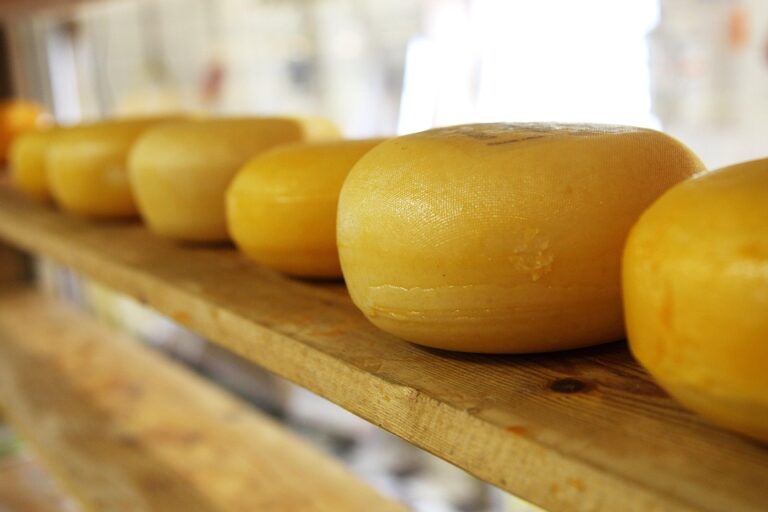Exploring the Rise of Dairy Alternatives: Nutritional Benefits, Environmental Impact, and Flavor Profiles
In recent years, the demand for dairy alternatives has surged, capturing the attention of nutritionists, environmental advocates, and food enthusiasts alike. As consumers become more health-conscious and environmentally aware, the shift towards non-dairy options has accelerated significantly.
The Nutritional Benefits of Dairy Alternatives
Dairy alternatives, primarily derived from plant sources such as almonds, soy, oats, and coconuts, offer numerous nutritional advantages. For instance, many alternatives are fortified with vitamins and minerals, including calcium and vitamin D, often found in cow’s milk.
Key Nutritional Aspects
- Lower Calories and Fat: Many dairy alternatives are lower in calories and fat compared to traditional dairy. For example, unsweetened almond milk has about 30-40 calories per cup, compared to approximately 150 calories in whole cow’s milk.
- Lactose-Free: For those who are lactose intolerant, dairy alternatives provide a suitable option without gastrointestinal discomfort.
- Variety of Nutrients: Soy milk, for instance, is a complete protein source, while others like oat milk deliver significant amounts of fiber.
A recent study published in the journal Nutrients revealed that approximately 80% of Americans consume some form of dairy alternative, signaling a shift towards these healthier options. Furthermore, a report by MarketsandMarkets projected that the dairy alternatives market will reach USD 37.8 billion by 2026, underscoring its rapid expansion.
Environmental Impact of Dairy Alternatives
The environmental ramifications of traditional dairy farming are profound, ranging from greenhouse gas emissions to excessive water usage. In contrast, dairy alternatives typically have a significantly lower environmental footprint.
Key Environmental Facts
- Lower Water Consumption: Producing a gallon of cow’s milk requires about 1,000 gallons of water; in comparison, producing a gallon of almond milk uses approximately 300 gallons and oat milk merely around 250 gallons.
- Reduced Greenhouse Gas Emissions: Dairy cows emit methane, a potent greenhouse gas. In fact, reducing dairy consumption can have a substantial positive impact on climate change mitigation.
Switching to dairy alternatives not only aligns with personal health goals but also contributes to global sustainability efforts. By choosing plant-based options, consumers can participate in environmental stewardship while enjoying their favorite beverages and culinary delights.
Flavor Profiles: Exploring the Taste of Dairy Alternatives
One major consideration for consumers is taste. The flavor profiles of dairy alternatives vary significantly based on their sources, presenting a diverse array of choices for milk lovers.
Popular Options and Their Flavors
- Almond Milk: Slightly nutty and sweet, almond milk pairs well with cereals and smoothies.
- Soy Milk: Creamy and versatile, often used in coffee and baking as a dairy substitute.
- Oat Milk: Naturally sweet, oat milk has gained popularity for its creamy texture, making it a staple in barista-style coffee drinks.
When transitioning to dairy alternatives, consumers may find it helpful to experiment with different brands and flavors to discover what suits their palate best. An analogy could be made to exploring a new cuisine; just as one wouldn’t stop eating out after a single dish, trying several dairy alternatives may lead to unexpected favorites.
Conclusion
As the market for dairy alternatives continues to grow, so too does the awareness of their nutritional benefits and reduced environmental impact. With delicious flavor profiles and abundant options, these products can cater to a wide array of tastes and dietary preferences.
For individuals and families seeking healthier lifestyles, the array of dairy alternatives presents a viable and appealing option.
Internal Links:
- The Benefits of a Plant-Based Diet
- Sustainable Food Practices: Making a Difference
- The Role of Fortified Foods in Nutrition
External Links:
As a disclaimer, buzzo.live does not take responsibility for the content provided in this article, which does not constitute professional advice. Users are advised to consult relevant professionals for specific guidance.


